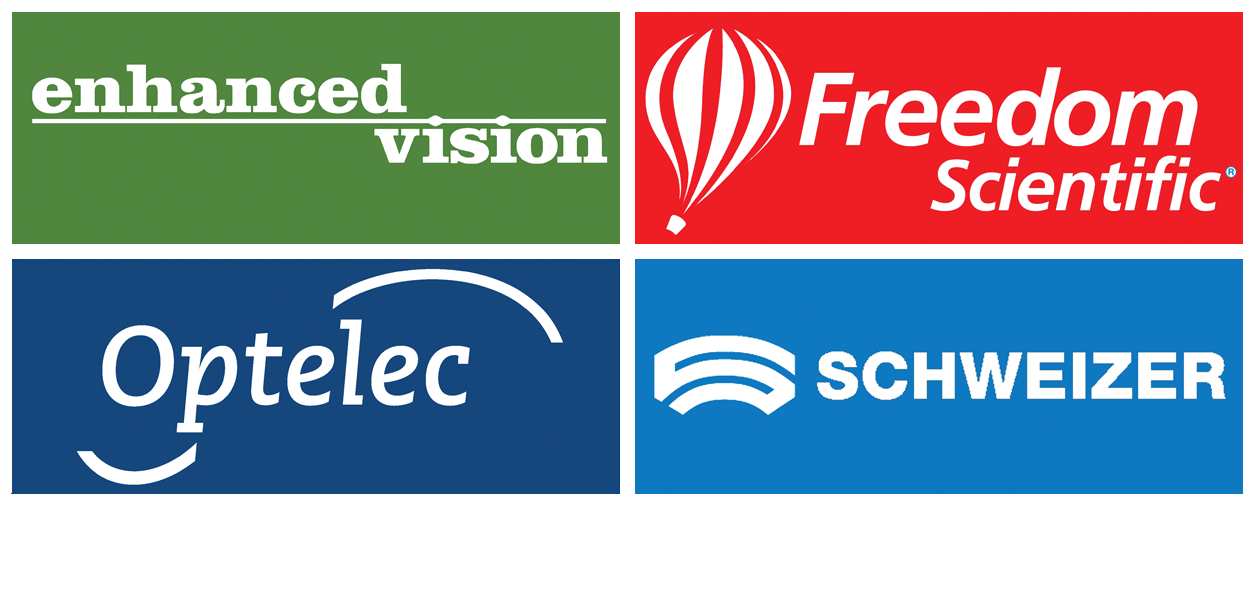
Common Eye Conditions.
Macular Degeneration
Macular Degeneration is a medical condition often associated with aging (also referred to as “age-related Macular Degeneration or AMD”) that results in a loss of vision in the centre of your visual field. Central vision helps us to see objects clearly and perform tasks such as reading and driving.
Diabetic Retinopathy.
Diabetic Retinopathy is a complication brought on by diabetes where the retina, the light sensitive tissue that lines the inner surface of the eye, is damaged. Diabetes causes abnormal changes in the body’s blood sugar levels. High levels of blood sugar can alter the blood flow to the body’s organs, including the eyes.
Glaucoma.
Glaucoma is an eye condition in which the optic nerve is damaged, causing vision loss. The optic nerve is located at the back of the eye and transmits the images we see to the brain for interpretation. Glaucoma results in progressive damage to the optic nerve, which almost always begins with a subtle loss of peripheral (side) vision.
Cataract.
A cataract is a clouding of the eye’s natural lens. Our eyes’ lens is mainly made up of water and protein. The proteins are arranged in such a way that the lens stays clean and light is able to pass through. As we grow older, some of these proteins may clump together and start to cloud a small area of the lens. This is a cataract.
Retinitis Pigmentosa (RP).
Retinitis Pigmentosa is a group of genetic eye conditions causing progressive degeneration of the retina, the light sensitive layer of tissue lining the back of the eye. The light receptors of the retina are called rods and cones. As a result of Retinitis Pigmentosa the rods, and in a later stage the cones, slowly die, causing reduced vision.
Nystagmus.
Nystagmus is an uncontrolled and involuntary movement of the eyes. The movement is often side to side (horizontal) but it can also be up and down (vertical) or circular (rotary). The movement can vary between slow and fast and almost always involves both eyes.

